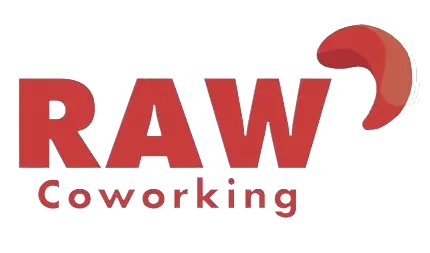8 easy ways to reduce expenses and business operating costs

Operating costs refer to the ongoing expenses that a business incurs to maintain its day-to-day operations. These costs include items such as rent, utilities, wages, and other regular expenditures necessary for the functioning of the business. Operating costs do not include expenses related to investments or financing activities, but rather focus on the essential, recurring expenditures that keep the business running smoothly.
1. Improve the efficiency of your employees

Determine which links in your supply chain are causing the most delays. Don’t merely rely on your own observations to determine these; instead, ask your staff members what may be improved to make their jobs easier and more effective. Not only will this address the issues that genuinely need to be addressed, but it will also increase employee retention by giving your staff members a sense of respect and consideration.
2. Reduce Supply Expenses
Look around for alternatives if you feel that the makers or suppliers of your office supplies are overcharging you for them. You can use cost reduction strategies such as look past the people you know and you might discover a better offer somewhere else. If not, inform your suppliers that you are researching the market so that they might be able to reward your business with a lower price this will ultimately lead to reduction in operating cost.
3. Don’t Try and Do It All – Find Your Niche
Nobody appreciates a one-trick pony, but don’t let trying to accomplish everything weaken your core competencies. Narrowing your emphasis by specializing in one or two areas of your industry will help your company’s expertise grow. Crucially, once refined, your product or service will be of a higher caliber because you won’t squander time or money trying to reach every possible market niche.
The kinds of contracts you take on will be restricted, but you will be able to subcontract, which allows you to share your contract with the reliable companies in your network. As a result, the project cost will be reduced because you may concentrate on your strengths rather than trying to acquire new abilities and paying for employees.
4. Identify and Resolve Problems More Effectively

By identifying and reducing risks, problems can be kept from getting out of hand. By recognizing these risks and putting procedures in place, such as fire drills and hazard training, issues can be promptly rectified in the event that they arise. Since a certain position is entrusted with settling the issue, knowing who is responsible for addressing it would reduce the delay in resolving.
5. Focus on Quality – Implement a Quality Management System (QMS)
Manufacturers may have to pay up to $100,000 (£71,510) and 116 workdays annually per site to comply with excessively complicated, antiquated, and redundant QMS, according to a Deloitte report for 2020. Because you’ll have less margin for error when providing a quality service or product, an effective QMS will lower the cost of generating a quality product for your company. You won’t need to redo anything because you’ll satisfy your clients’ expectations the first time.
6. Take Advantage of Modern Marketing Techniques
Conventional marketing methods (such as radio, print, and cold phoning, for example) are frequently less successful than inbound marketing strategies. To raise your online profile and make it easier for potential clients to find you online, you can employ contemporary marketing techniques like email marketing, social media advertising, and a blog on your website. Since creating a blog on your website and creating social media profiles is free, these contemporary digital media platforms are frequently less expensive than, say, a radio commercial.
It’s also worth making yourself known within your industry. Build your network not only online (via your personal LinkedIn and Twitter pages, for example) but also face-to-face – attend events and meet possible clients and collaborators. They’re much more likely to want to work with a friendly face they’ve met before.
7. Technology Optimization
Regularly assess your technological needs and invest in cost-effective solutions. Embrace tools and software that automate repetitive tasks, streamline processes, and enhance overall efficiency. This not only saves time but can also reduce the need for additional manpower, contributing to cost savings in the long run.
8. Minimize Waste

Do certain divisions or components of your operations generate a notably greater quantity of garbage than others? Alternatively, perhaps a link in your supply chain isn’t giving you the return on investment you anticipated. You may concentrate your attention on more useful areas of your organization by getting rid of or making changes to unproductive parts of your firm, which will have a positive impact on your bottom line.
Conclusion
Adopting a strategic approach to business operations is essential for cost reduction and improved efficiency. By investing in employee training, implementing effective problem-solving measures, minimizing waste, optimising supply expenses, focusing on core competencies, ensuring high-quality standards, leveraging modern marketing techniques, and embracing technology wisely, businesses can enhance productivity and financial sustainability. These practices conclude that coworking is the best way to reduce office expenses in the rapidly changing fast paced business.

